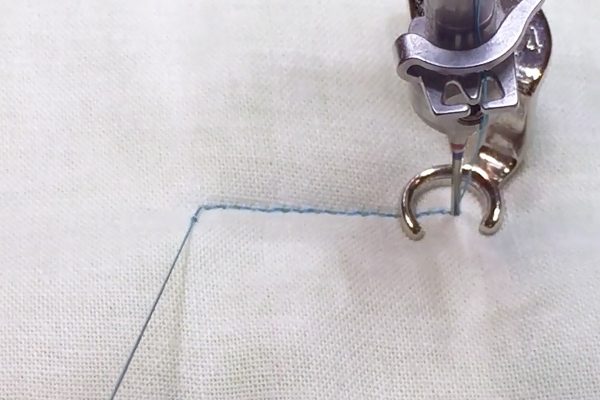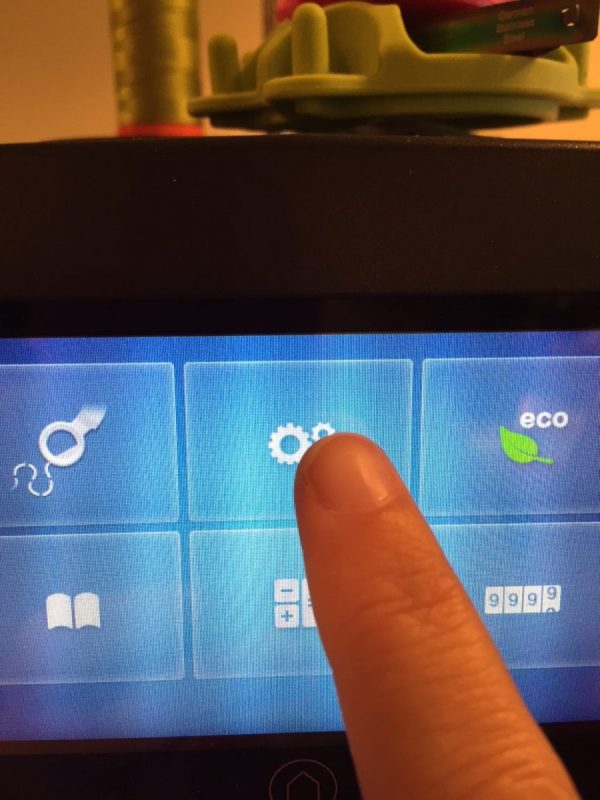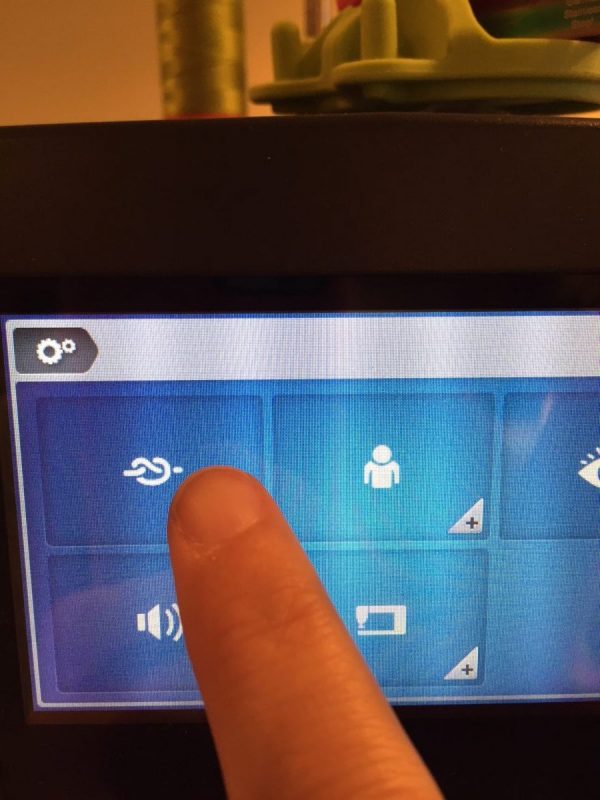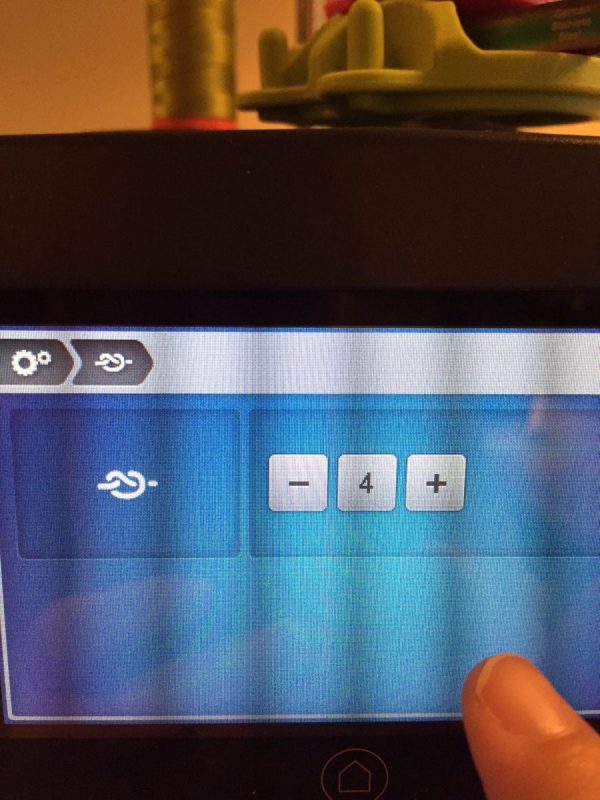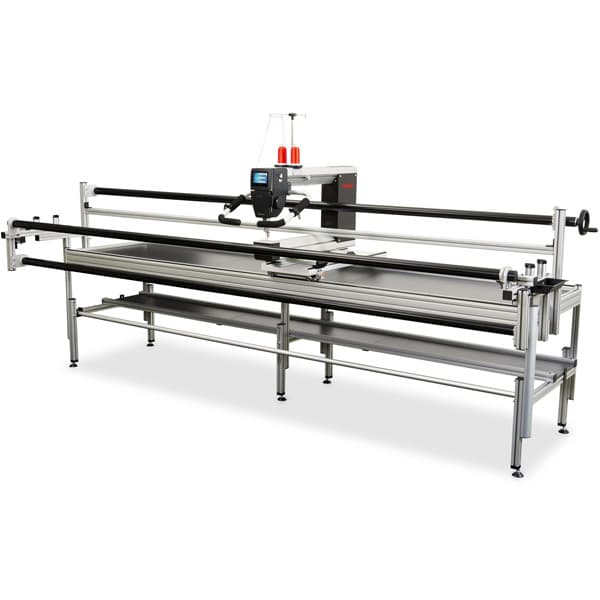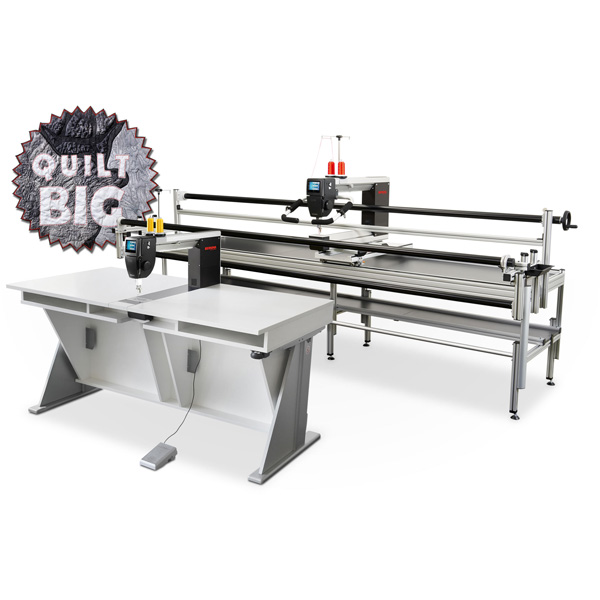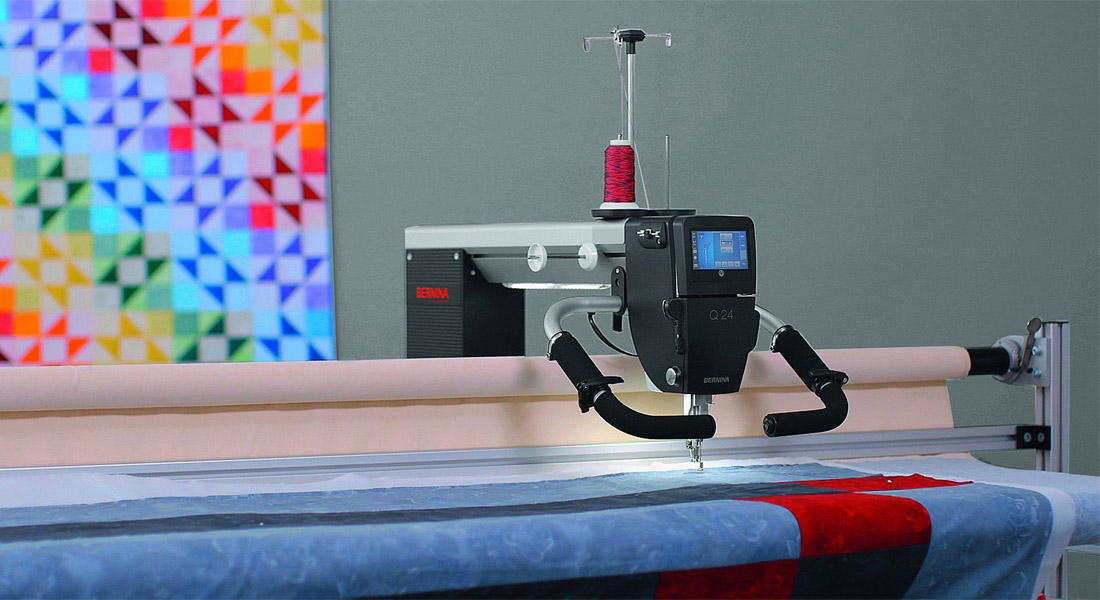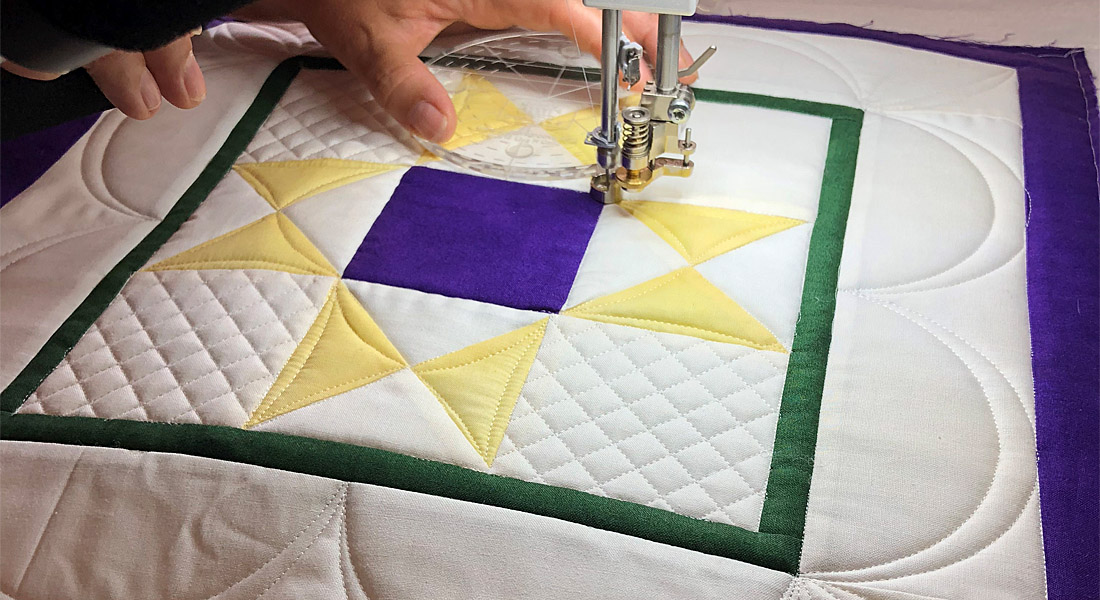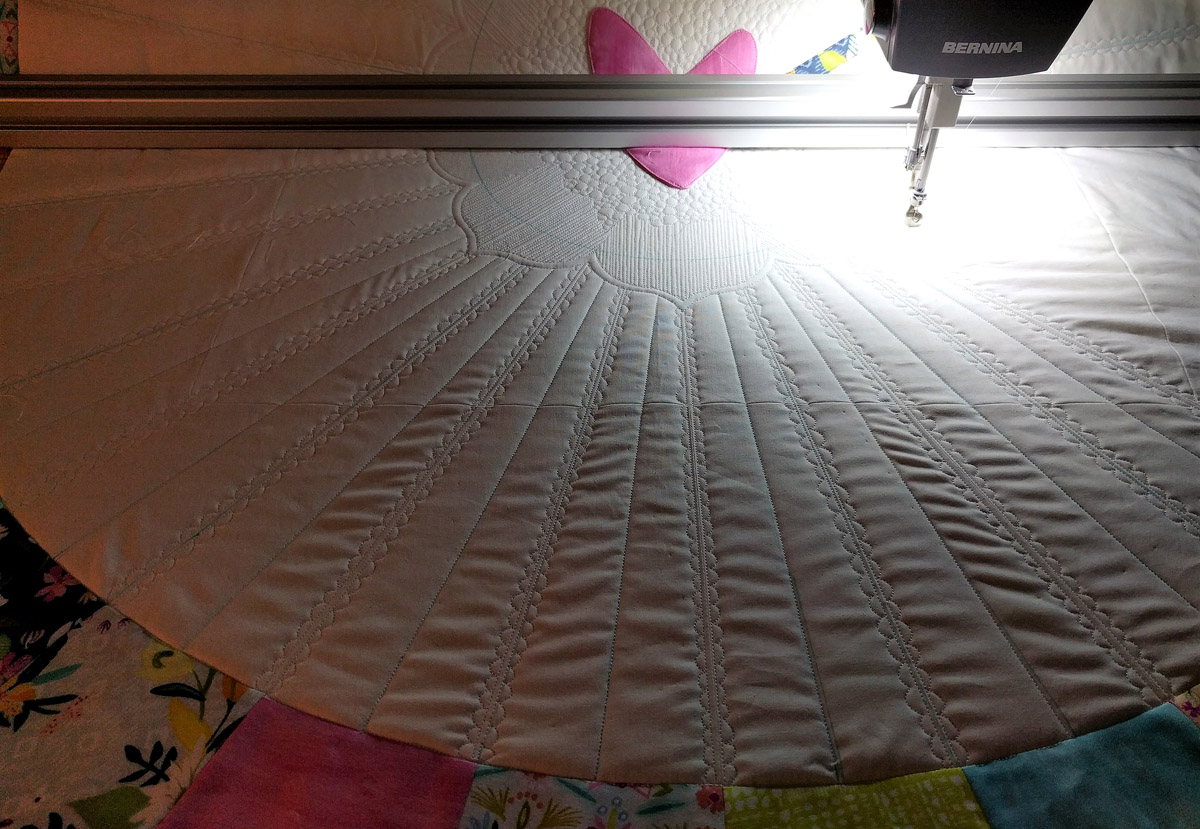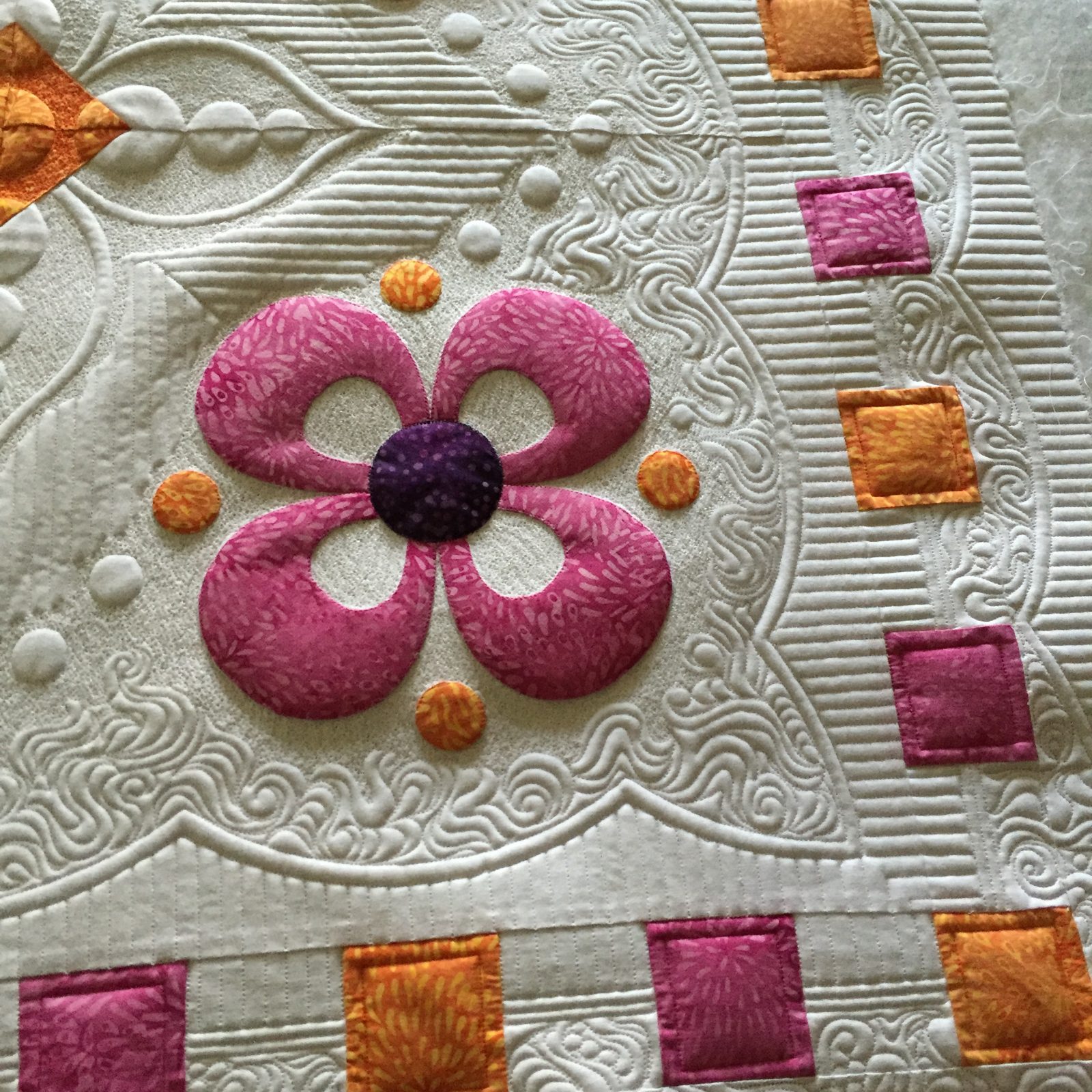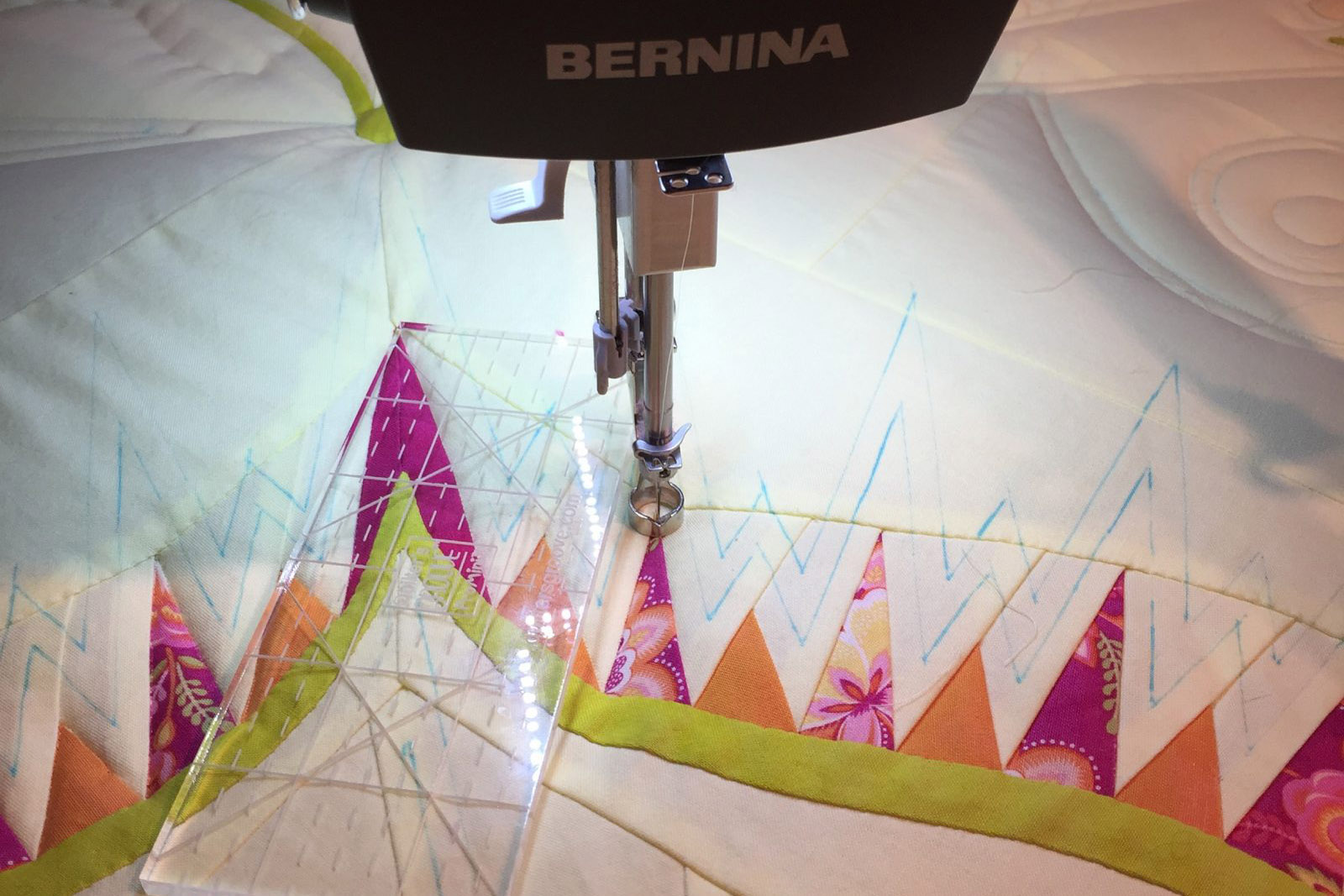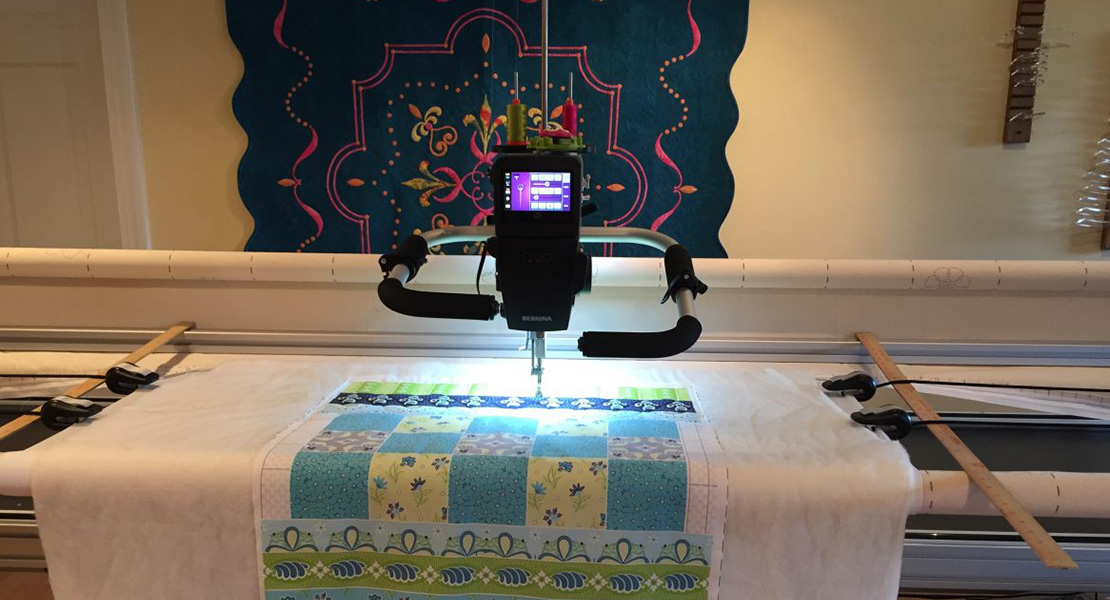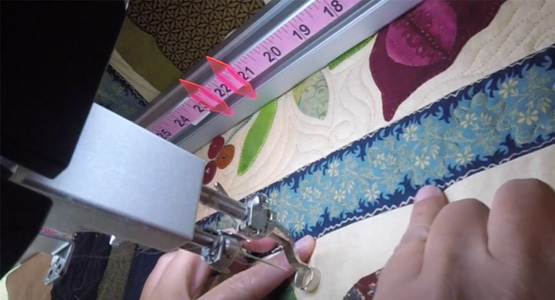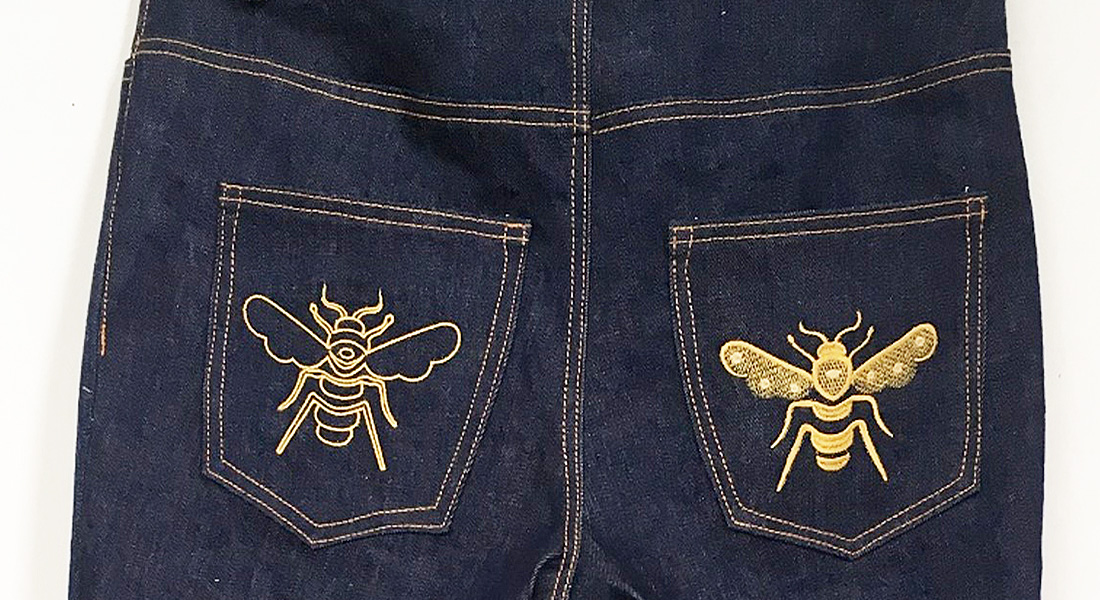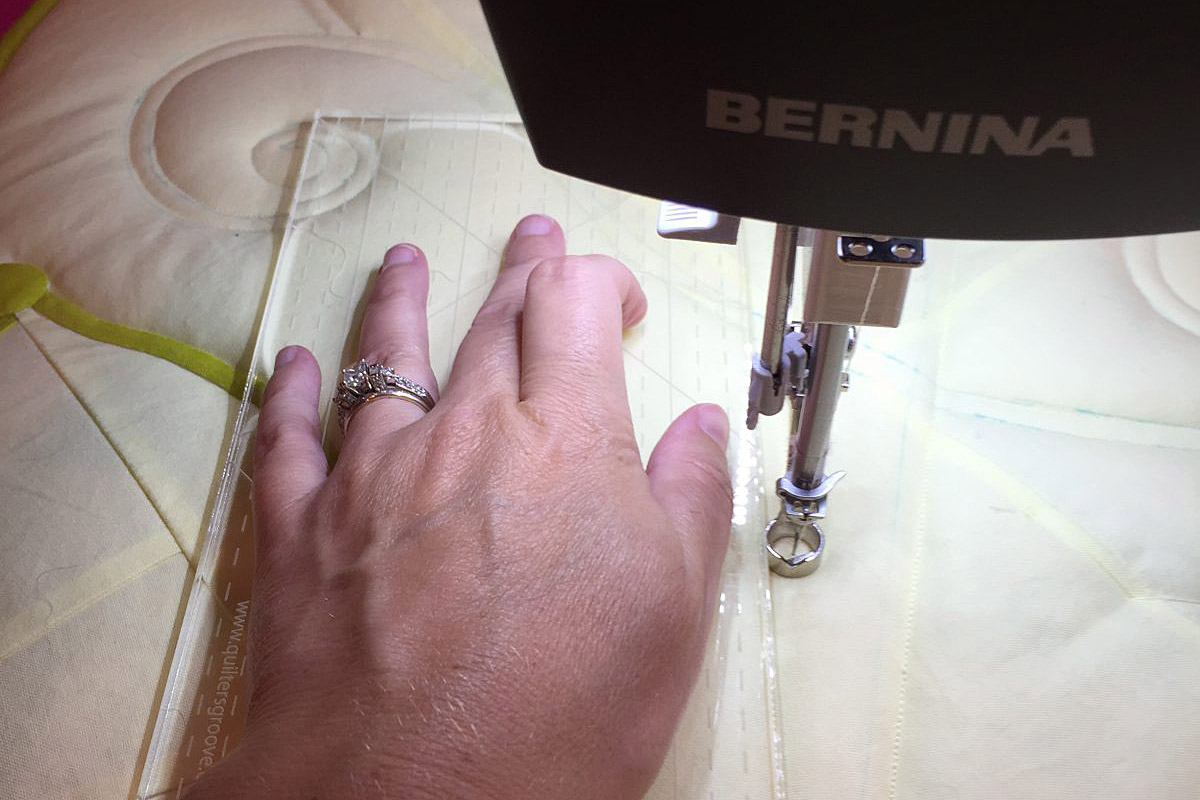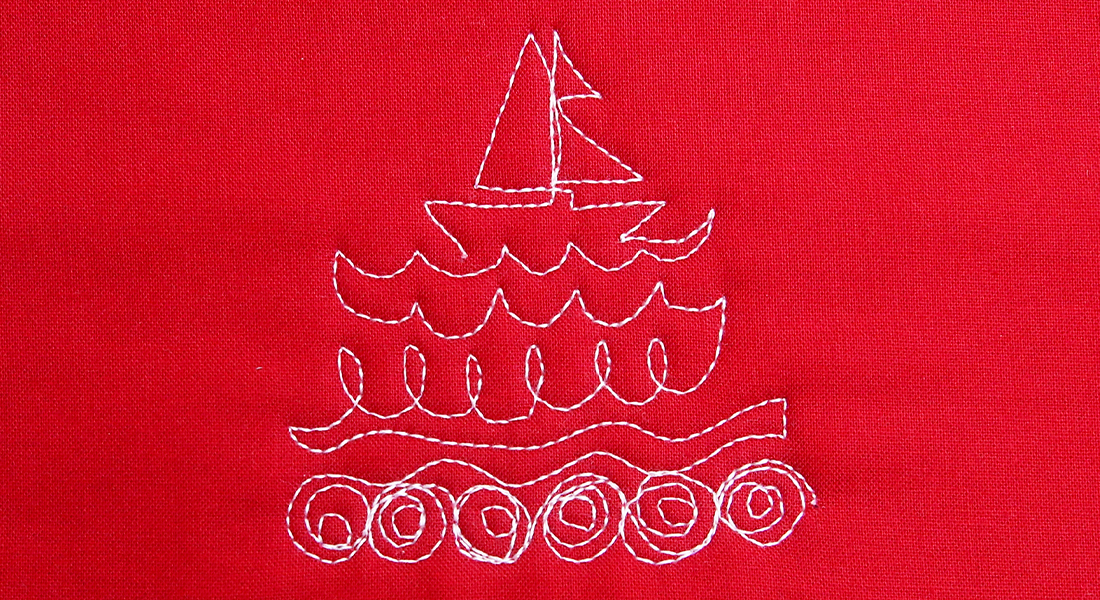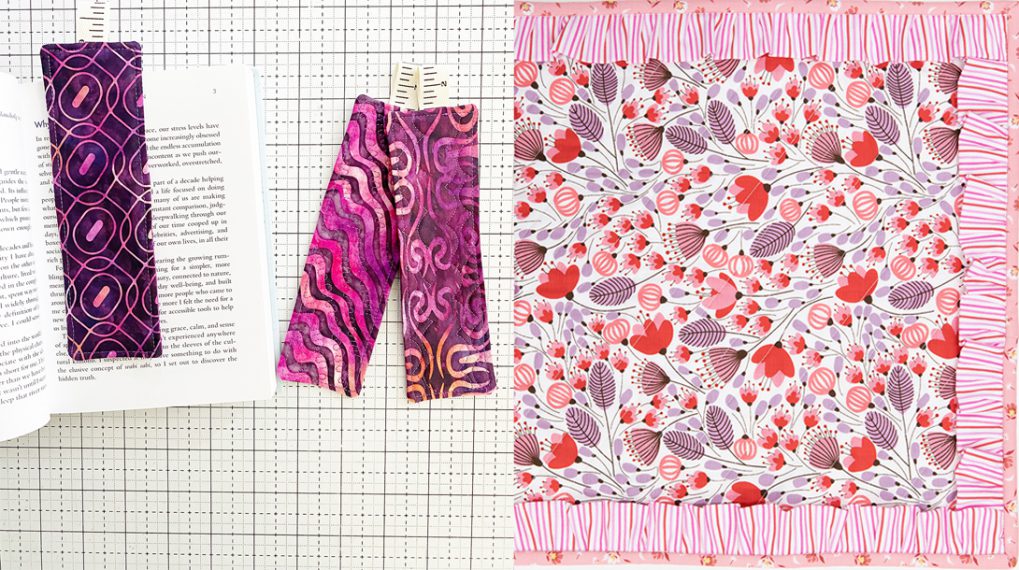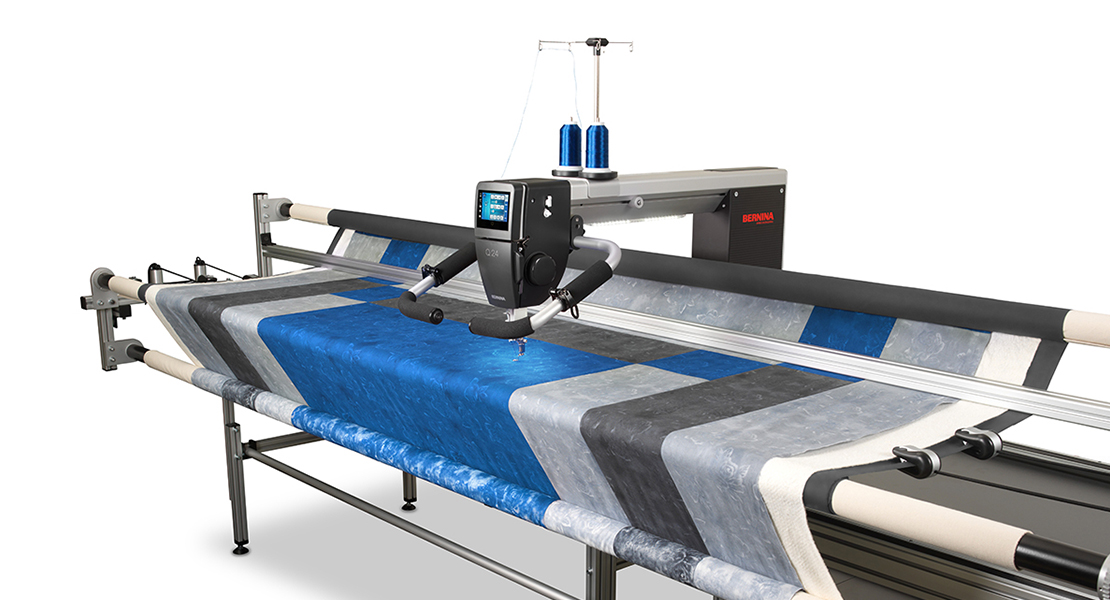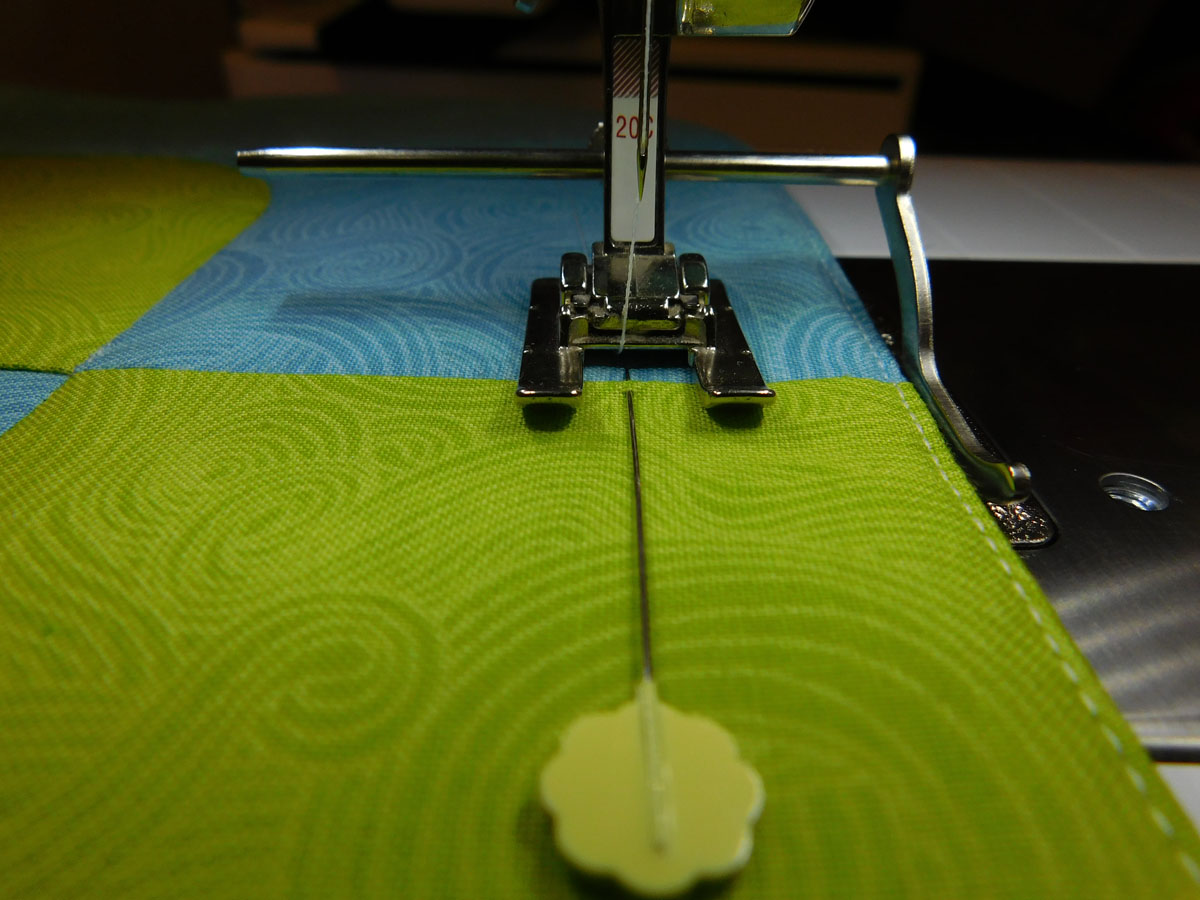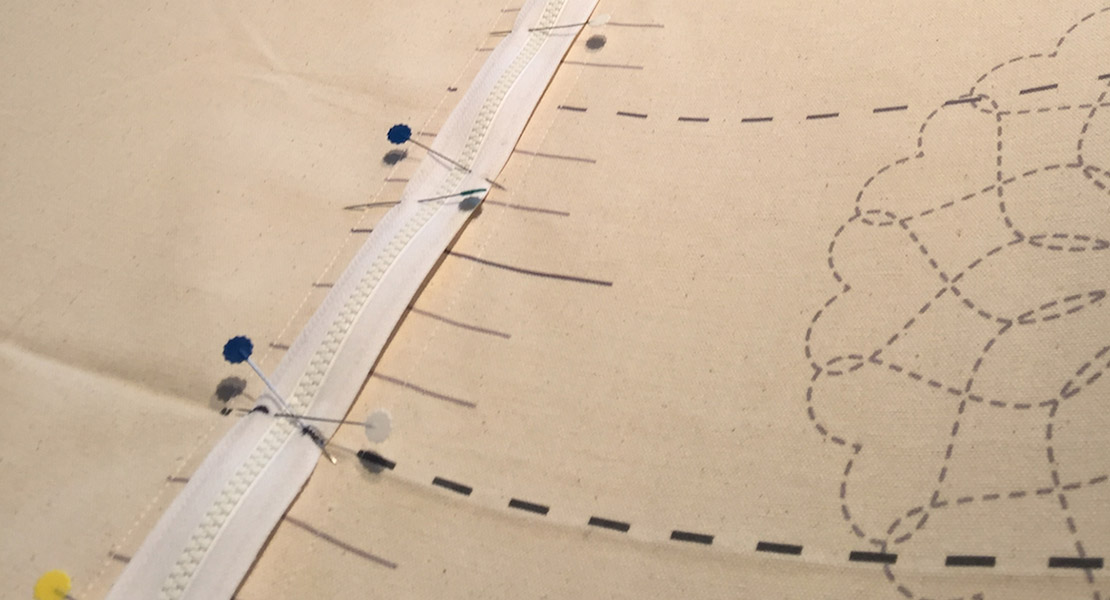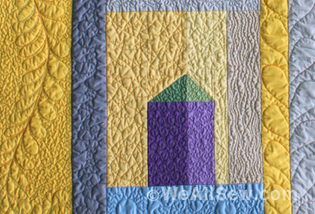Longarm Quilting Tip: Start and Stop Stitching
A HUGE question that I encounter very often is that of, “How do you start and stop on the Longarm?” What an excellent question, since a major goal when using the longarm is making your starting and stopping points seem invisible. Let’s face it, no one wants to gaze upon a beautiful quilt and have their eyes immediately focus on a big clump of thread. No quilter has any desire to allow anyone viewing their project witness the points in the design that indicate exactly where they began and ended sewing.
My secret weapon in achieving “starting and stopping invisibility” is to begin and end in a seam or corner. However, keep in mind that while this may conceal your starting and stopping points on the front of your fabric, it will not hide it on the back. Now, there isn’t just one method to achieve this process. I actually use three different strategies to accomplish this task.
When I initially began quilting I would “back track”. This method has the quilter taking a few stitches forward and then backing over each stitch in order to secure what they have sewn. Using this technique is most likely not the kindest in “hiding” your points of starting and stopping, but it will get the job done.
Another approach is taking a couple of very small stitches moving forward. Quilter beware, these tiny little stitches are no picnic to rip out! Meaning once they are sewn, these stitches are pretty secure!
The BERNINA longarm offers the ability to utilize the tie off function in order to start and stop. The quilter can program how many stitches are needed from as little as 1 to as many as 6 (I used 4 stitches for the video). When I choose to use this feature I will move the machine forward ever so slightly as the stitches are being completed.
My method of choice when it comes to securing stitches is the good ole “burying” of threads. I accomplish this by holding on to the top and bottom thread and start sewing. Then I will go back and tie a knot on top and thread my needle finally pulling the knot down into the batting. This is how hand quilters start and stop. No, there is nothing fancy or complicated about this process but I have found that this method is a sure fire way to hide those starts and stops. For me, at the end of the day I’m striving to incorporate a tiny bit of quilting magic into my work as I make those points of starting and stopping simply disappear!
